
04-03-2009, 07:46 PM
|
 |
CC Member

|
|
|
Join Date: Oct 2002
Location: Eagle,
Ne.
Cobra Make, Engine: 1966 Lone Star 427SC.
Posts: 4,310
|
|

 Not Ranked
Not Ranked
 Comparison-60's 427so vs New 427so ?
Comparison-60's 427so vs New 427so ?
I would like to ask, how many of you would like to see a comparison build and discussion in a magazine, between the 60's 427 side oiler, versus 40 + years later aluminum side oiler's, with todays new technology and parts ?
Block molds.
Bore size.
Strength.
Cooling.
Oiling.
Aluminum vs iron.
Rotating assembly's.
Cams.
Valve trains.
Intakes.
Fueling/carburetor. (I don't think it will be E.F.I) 
Electronics.
ect...... 
Any other input is welcome.
__________________
Regards,
Kevin
|

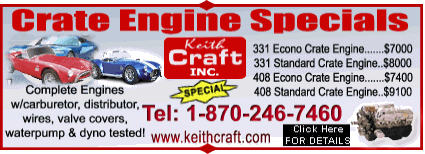
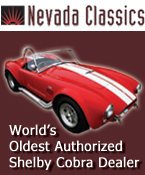

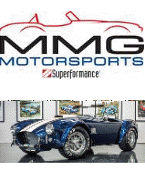
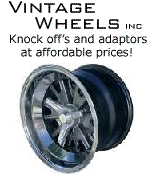


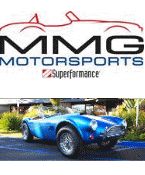
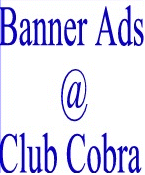
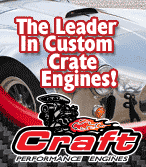
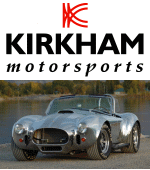

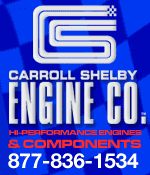









 Threaded Mode
Threaded Mode

